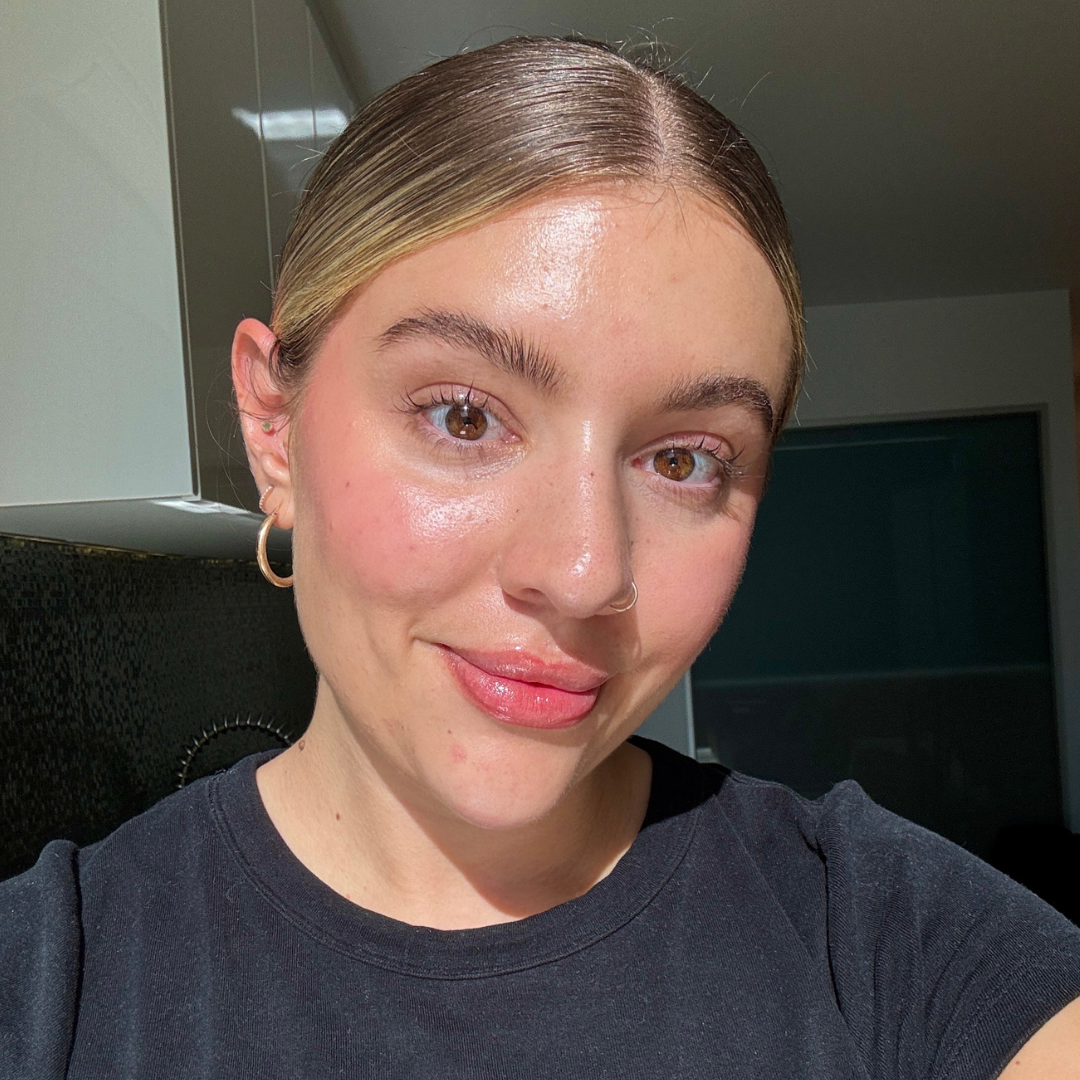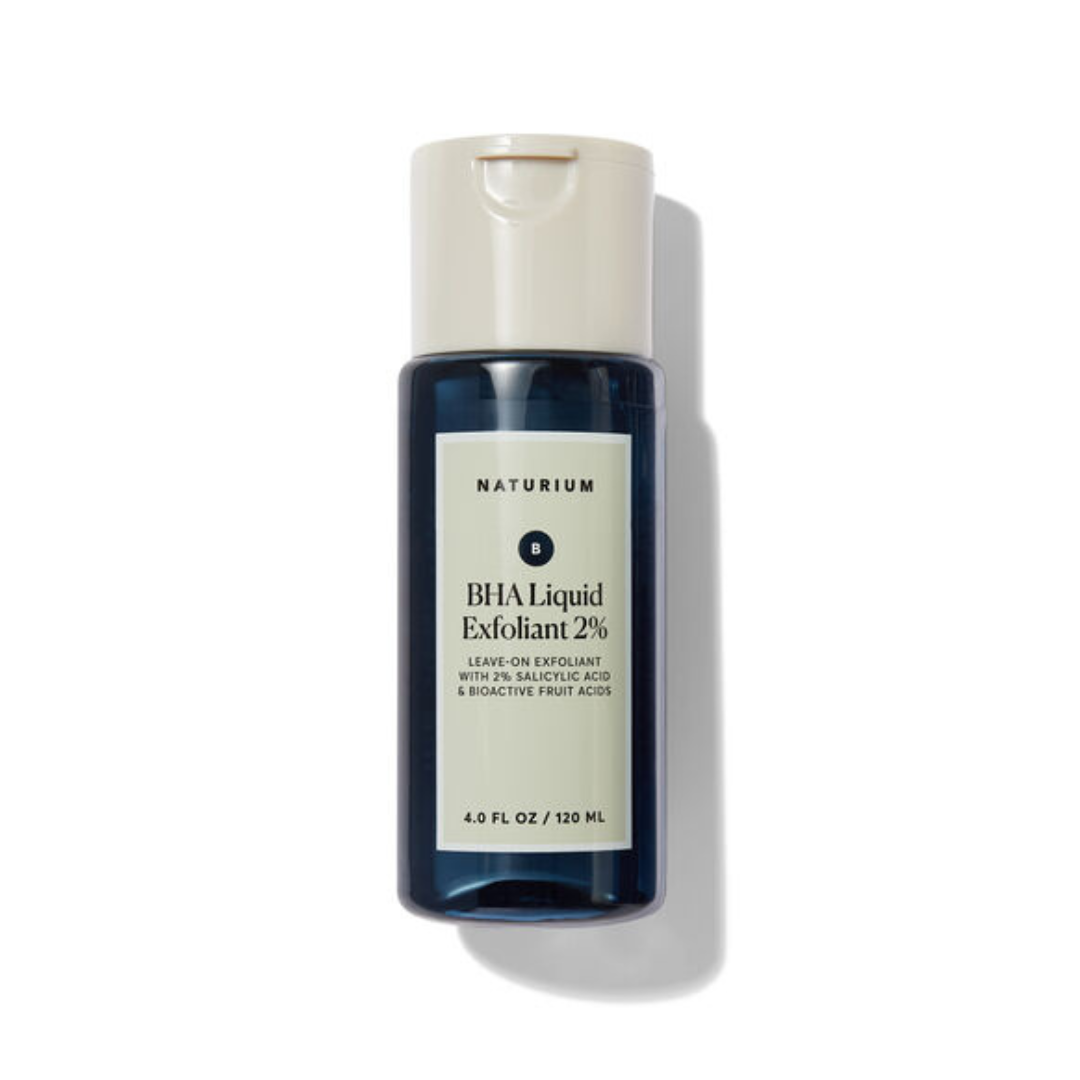Does Your Skin Disagree With Retinoids? Bakuchiol Salicylate Could Be The Next Best Gentle Alternative
The effects of retinol AND BHAs in one? Sign us up


As a skincare enthusiast, I'm always keeping my ear close to the ground when it comes to innovative new ingredients. And the latest I've been hearing buzz around? Bakuchiol salicylate, which claims to offer the combined benefits of Retinol-alternative bakuchiol with exfoliant salicylic acid.
So how exactly does this work, and why should you care? Here are the essential need-to-knows about this hot upcoming molecule.
What is bakuchiol salicylate and how does it differ from retinoids and exfoliants?
This exciting new molecule is currently still in its infancy in terms of research and studies that explore key benefits and results, but it's quickly garnering attention amongst skin experts for its potential unique properties.
"Bakuchiol salicylate, also known as bakusylan, combines bakuchiol’s collagen-boosting, antioxidant, retinoid-like benefits with the gentle exfoliation and anti-inflammatory properties of salicylates," explains Consultant Dermatologist Dr Sidra Khan.
Its appeal mostly lies in its convenience to achieve more with less, she notes: "Typically, retinol and salicylic acid are advised to be used on different days, especially for those with sensitive or dry skin, to minimise irritation. This molecule offers a more streamlined, barrier-friendly option by delivering both actions in one step. It’s an appealing alternative for those seeking multi-functional, gentler actives, aligning with the growing interest in 'skinimalism' and mindful consumption."
Bakuchiol salicylate also reflects notable shifts within skincare, says Dr Kemi Fabusiwa, NHS Doctor and Skin Expert. "We’re entering a new era of smart actives—ingredients that offer clinical results without compromising the skin barrier," she explains. The ingredient "fits into this new skin-first, barrier-conscious mindset that’s gaining serious traction."
A post shared by Paula's Choice UK (@paulaschoiceuk)
A photo posted by on
How could it benefit skin?
As mentioned, the key draw of this upcoming ingredient is the fact that it combines retinol-like effects (just like Bakuchiol) with the benefits of exfoliants similar to AHAs and BHAs, but is generally more tolerable. "Retinols work by stimulating cell turnover and collagen production. AHAs and BHAs focus on exfoliating the skin, AHAs on the surface, BHAs deeper in the pores," explains Dr Fabusiwa. "Bakuchiol salicylate offers a milder version of both effects, which makes it a great option for people who want results but can’t tolerate traditional actives. It’s less aggressive, but still effective."
Celebrity news, beauty, fashion advice, and fascinating features, delivered straight to your inbox!
This means that, really, the results could be pretty wide-reaching for a number of skin types. The ingredient could offer "several potential benefits by combining the collagen-boosting and antioxidant properties of bakuchiol with the gentle exfoliation and anti-inflammatory effects of salicylates," says Dr Khan. This, she says, means that the molecule has been designed to "improve skin texture, firmness, and tone."
As mentioned, the ingredient is still largely in its infancy in terms of cited results, but as Dr Khan points out, "research suggests bakusylan enhances skin permeation, stimulates type IV collagen gene expression, and supports the dermal-epidermal junction, making it a promising option for addressing fine lines and uneven texture, whilst maintaining skin barrier integrity."
A post shared by Paula's Choice UK (@paulaschoiceuk)
A photo posted by on
Are there any downsides or side effects to the ingredient?
The first, of course, is that in many ways it's an unknown quantity, as it's still a new addition to the skincare industry. "We do need more robust, real-world and long-term safety data to fully understand its efficacy and tolerability across diverse skin types and tones," explains Dr Khan, who also mentions that those who do try it may experience very gradual results due to it being far gentler than retinol and AHAs/BHAs. "Whilst the initial data is promising, larger independent studies are still needed to fully validate its efficacy, tolerability, and long-term safety," she adds.
Dr Fabusiwa also warns that while it should be generally well tolerated by the skin, it's recommended not to layer it with retinoids or exfoliants to protect the skin barrier. Those with compromised skin barriers may want to focus on gentle, nourishing ingredients first, before trying something like this.
How should you use it in your routine?
Bakuchiol salicylate is not available in the mainstream skincare market yet due to its infancy. However, when it does become more widely offered, Dr Fabusiwa suggests treating it like a light active.
"Use it in the PM after cleansing and before moisturiser, two to three times a week to start," she recommends. "Avoid layering with other strong actives (like glycolic acid or retinol) on the same night. And always wear SPF the next morning: actives or not, it’s non-negotiable."
Watch this space...
In the meantime, you can try bakuchiol and salicylic acid separately to see how your skin takes to the ingredients: do not layer these in the same routine, but alternate each night and introduce slowly (two to three times a week at first) to begin with.

Rebecca is a freelance beauty journalist and contributor to Marie Claire. She has written for titles including Refinery29, The Independent, Grazia, Coveteur, Dazed, Stylist, and Glamour. She is also a brand consultant and has worked with the likes of The Inkey List on campaign messaging and branded copy. She’s obsessed with skincare, nail art and fragrance, and outside of beauty, Rebecca likes to travel, watch true crime docs, pet sausage dogs and drink coffee. Rebecca is also passionate about American politics and mental health awareness.

